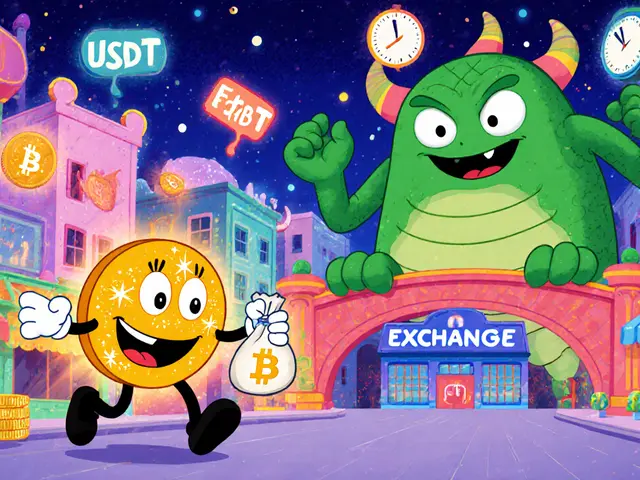Learn how multi‑exchange trading works, the risks of nested and decentralized platforms, and how to stay compliant with OFAC and SEC regulations.
Nested Exchange: Guides, Reviews and Regulations
When talking about Nested Exchange, a crypto platform that embeds another exchange or offers built‑in decentralized trading within its ecosystem, you’re looking at a hybrid model that blends centralized convenience with decentralized freedom. In simple terms, it’s a nested exchange that lets users trade on a main platform while also accessing a secondary market without leaving the interface. This structure changes how fees, liquidity and user experience are managed, and it’s becoming a hot topic for anyone wanting smarter crypto moves.
Core Players: Crypto Exchange and Decentralized Exchange
The first layer of any nested exchange is the Crypto Exchange, a service where users can buy, sell and hold digital assets. These platforms usually handle KYC, custodial wallets and fiat on‑ramps. Inside that, many now host a Decentralized Exchange (DEX), a peer‑to‑peer marketplace that runs on smart contracts without a central authority. The DEX layer brings on‑chain transparency and often lower fees, while the outer exchange supplies liquidity pools and easier onboarding. Together they create a “exchange‑in‑exchange” model that satisfies beginners who need guidance and power users who crave control.
Regulation is the next piece of the puzzle. Exchange Regulation, the set of legal rules governing how crypto platforms operate in different jurisdictions determines whether a nested exchange can legally offer both layers. In places like the UAE, zero‑tax policies make these hybrids especially attractive, while regions such as Russia or China impose strict bans that force platforms to adapt or shut down. Understanding the regulatory climate helps you pick a nested exchange that won’t disappear overnight and that complies with AML/KYC standards.
Finally, compliance tools are the glue that keep everything running smoothly. Third‑party solutions for KYC, AML monitoring and transaction screening make it possible for a nested exchange to stay on the right side of the law without building everything from scratch. When you combine a solid crypto exchange foundation, a trustworthy DEX module, clear regulatory insight and reliable compliance software, you get a truly seamless trading experience. Below you’ll find in‑depth reviews, fee breakdowns, security analyses and step‑by‑step guides that show exactly how each of these pieces fits together in the world of nested exchanges.





